Rising Vehicle Production
The Automotive Alternator Market is experiencing growth due to the increasing production of vehicles worldwide. As manufacturers ramp up production to meet consumer demand, the need for reliable electrical systems becomes paramount. In 2025, the automotive sector is projected to produce over 90 million vehicles, which directly correlates with the demand for alternators. These components are essential for charging batteries and powering electrical systems, thus driving the market forward. Furthermore, the shift towards electric vehicles (EVs) is also influencing the alternator market, as hybrid models require advanced alternator technology to manage energy efficiently. This trend suggests a robust future for the Automotive Alternator Market as it adapts to the evolving landscape of vehicle production.
Regulatory Compliance and Standards
The Automotive Alternator Market is also shaped by stringent regulatory compliance and standards aimed at improving vehicle efficiency and reducing emissions. Governments worldwide are implementing regulations that require automakers to enhance the energy efficiency of their vehicles. This has led to a greater emphasis on the development of alternators that not only meet performance standards but also contribute to overall vehicle efficiency. For instance, regulations may mandate that vehicles achieve a certain fuel economy, which can be supported by more efficient alternators. As a result, the Automotive Alternator Market is likely to see increased investment in research and development to create compliant products that align with these evolving standards.
Growth of Electric and Hybrid Vehicles
The Automotive Alternator Market is witnessing a transformative shift with the growth of electric and hybrid vehicles. As consumers increasingly opt for environmentally friendly transportation options, the demand for alternators that can efficiently manage energy in these vehicles is rising. In 2025, it is projected that electric and hybrid vehicles will account for a significant portion of new vehicle sales, necessitating the development of specialized alternators. These components must be designed to work seamlessly with electric drivetrains, which may require innovative technologies to optimize energy use. This trend indicates a promising future for the Automotive Alternator Market as it adapts to the needs of a changing automotive landscape.
Technological Innovations in Alternator Design
The Automotive Alternator Market is benefiting from ongoing technological innovations in alternator design and manufacturing processes. Advances in materials science and engineering are enabling the production of lighter, more efficient alternators that can deliver higher performance. For instance, the introduction of brushless alternators is becoming more prevalent, as they offer improved efficiency and reduced maintenance needs. In 2025, it is anticipated that these innovations will lead to a 15% increase in the efficiency of standard alternators, thereby enhancing their appeal to manufacturers and consumers alike. This focus on innovation suggests that the Automotive Alternator Market is poised for continued growth as it embraces new technologies.
Increased Demand for Advanced Electrical Systems
The Automotive Alternator Market is significantly influenced by the rising demand for advanced electrical systems in vehicles. Modern automobiles are equipped with numerous electronic components, including infotainment systems, advanced driver-assistance systems (ADAS), and electric power steering. This proliferation of technology necessitates more efficient alternators capable of supporting higher electrical loads. In 2025, it is estimated that the average vehicle will require up to 30% more electrical power than in previous years, thereby increasing the demand for high-performance alternators. Consequently, manufacturers are focusing on developing alternators that can meet these new requirements, indicating a dynamic shift within the Automotive Alternator Market.
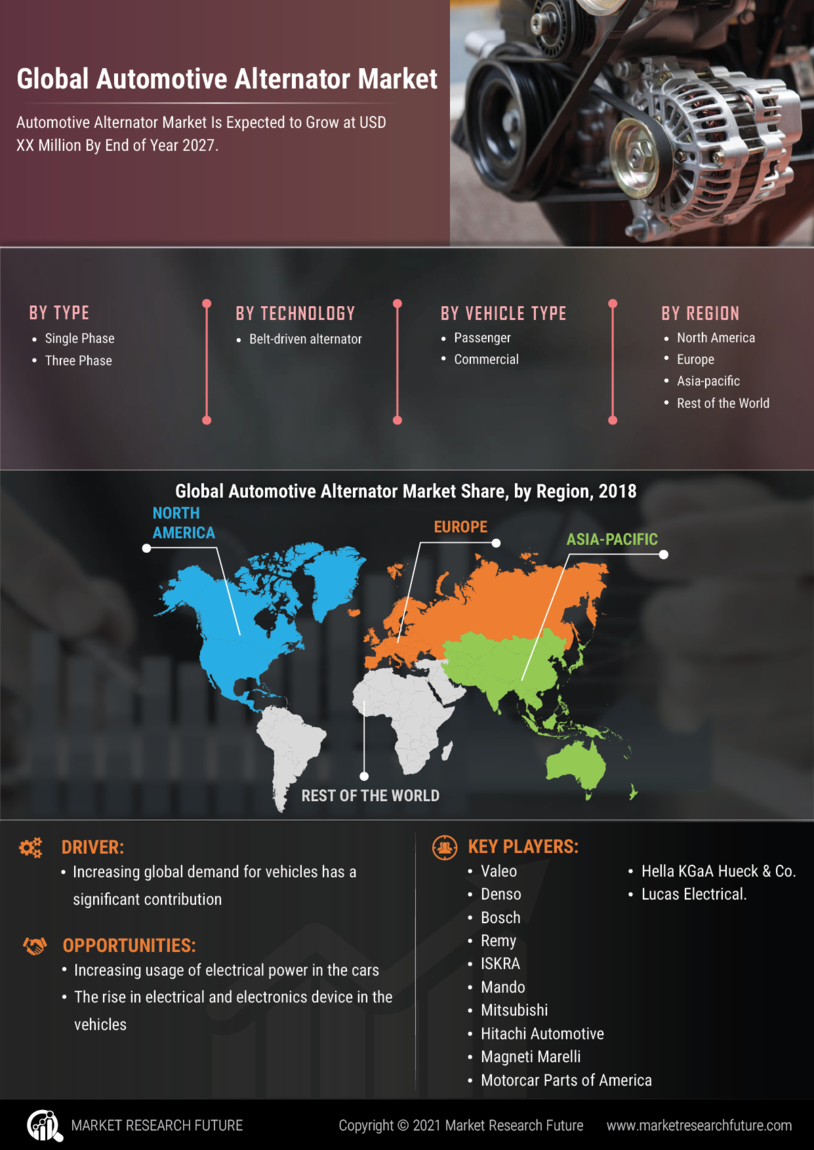


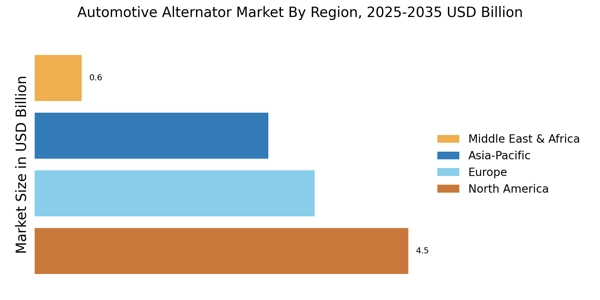

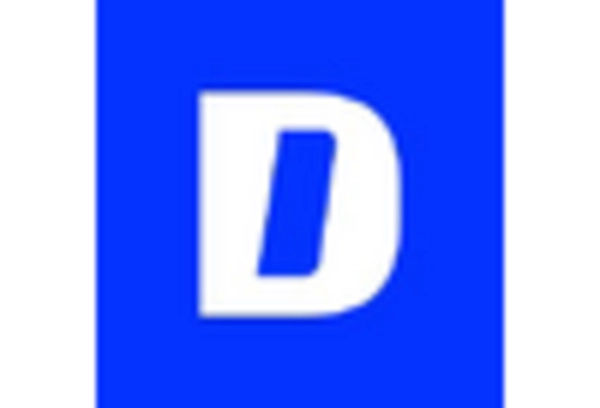

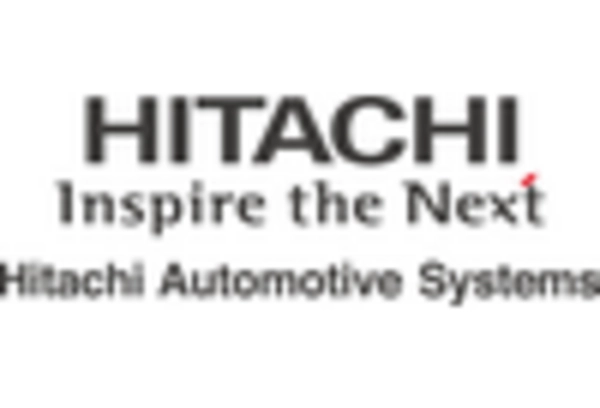

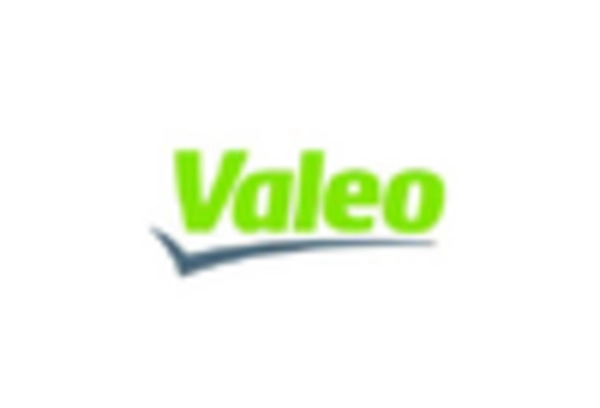








Leave a Comment